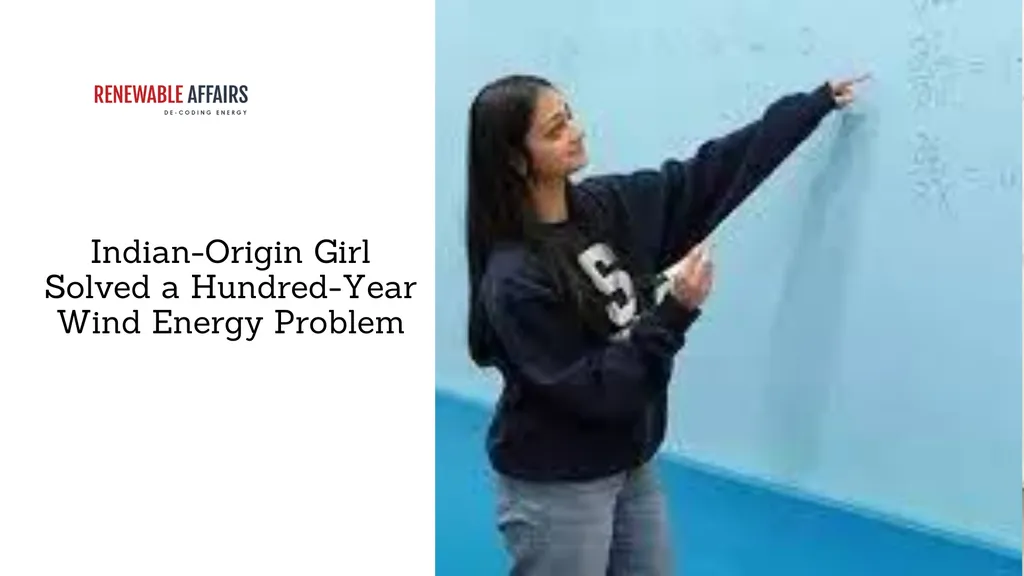In the dynamic world of wind power generation, ensuring grid stability during faults is a critical challenge. A recent study led by Xu Zhang from the School of Electrical & Electronic Engineering at North China Electric Power University sheds light on a novel approach to enhance the fault ride-through capability of doubly fed induction generators (DFIGs), a common technology in wind turbines. The research, published in the International Journal of Electrical Power & Energy Systems, offers a promising strategy to mitigate cascading failures and improve reactive power support during low- to high-voltage faults.
Wind power systems are increasingly integral to global energy mixes, but their vulnerability to voltage fluctuations and commutation failures can lead to costly disconnections and grid instability. Zhang’s study addresses this issue by proposing a joint control strategy for the rotor-side converter (RSC) and grid-side converter (GSC) in DFIGs. “Existing control strategies often overlook the interactions between the stator and rotor during faults, limiting the transient response capability of wind turbines,” Zhang explains. “Our approach introduces a coordinated control method that enhances the overall performance and stability of DFIGs during low- to high-voltage cascading faults.”
The research delves into the transient characteristics of DFIGs, analyzing how stator current influences rotor voltage and vice versa. By incorporating stator current deviation into the RSC voltage reference and rotor current deviation into the GSC voltage reference, the proposed strategy achieves a more robust and coordinated control of the converters. This joint control not only stabilizes the DC bus voltage but also expands the reactive current boundary during fault ride-through, enabling better reactive support.
The implications for the energy sector are significant. Enhanced fault ride-through capabilities can lead to more reliable wind power integration, reducing the risk of turbine disconnections and improving grid stability. “This strategy has the potential to make wind farms more resilient and contribute to a more stable and efficient grid,” Zhang notes. The study’s findings were verified through simulations on the MATLAB/Simulink platform, demonstrating the effectiveness of the proposed strategy under various complex conditions.
As the world continues to transition towards renewable energy sources, innovations like Zhang’s joint control strategy are crucial. They pave the way for more stable and efficient wind power systems, ultimately supporting the broader goals of energy sustainability and grid reliability. With further development and implementation, this research could shape the future of wind power generation, ensuring a more robust and resilient energy infrastructure for years to come.

